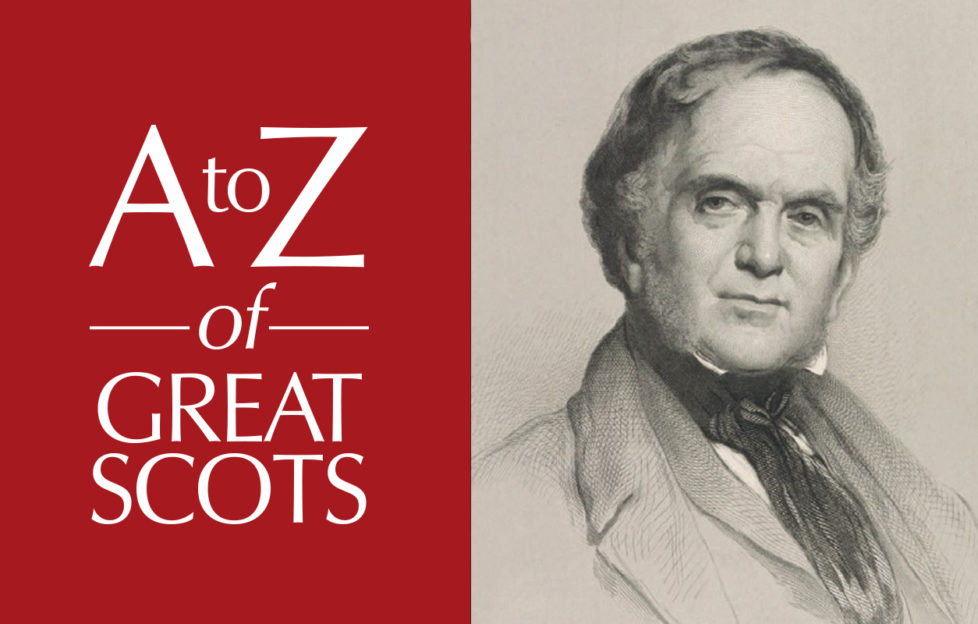William Playfair

 William Playfair, celebrated architect’s namesake was a scoundrel of statistics
William Playfair, celebrated architect’s namesake was a scoundrel of statistics
THERE were two famous William Playfairs. One, the man pictured on the left, was among Scotland’s greatest 19th century architects. He designed Edinburgh’s Eastern New Town, gave us the neoclassical beauty of the Scottish National Gallery and the Royal Scottish Academy, and is commemorated by a grand statue on Chambers Street.
His uncle William, on the other hand, was considered the black sheep of his family. There are no statues celebrating his greatness. We don’t even know what he looked like. What we do know is that the unofficial patron saint of data analysts and Excel spreadsheet aficionados led a riveting – if somewhat reprehensible – life.
Born near Dundee in 1759, the older William Playfair had his finger in many pies. Mainly those of a chart variety – he invented all manner of statistical graphics, including bar charts, line charts and yes, pie charts.

He was also an engineer, silversmith, millwright, accountant, draughtsman, investment broker, political economist, pamphleteer, publicist, land speculator, translator, banker, journalist and editor, as well as a secret agent and prolific blackmailer. In short, he was a brilliant wee rascal.
In 1786, William published his Commercial and Political Atlas. Within its pages were 43 line charts and a single bar chart – graphs that would pave the way for the future of data visualisation. It’s thought that his brother John, who raised him after their father’s death, ignited his passion for statistics.
Uncharacteristically wary of declaring himself the first to use these new charts, William spent 12 years looking out for earlier examples. By 1798, he felt confident enough to proclaim himself a graphical pioneer.

The intervening years were eventful. He moved to Paris, where he took part in the storming of the Bastille on July 14, 1789, before becoming involved in the Scioto scandal, selling land in America – which didn’t belong to the company – to French families. William embezzled the cash and fled.
Four years later, while working as a secret agent for the British, he masterminded a covert counterfeiting operation that caused the collapse of the French currency. He also racked up a number of failed ventures – a bank that went bust, blackmailing a Scottish Lord and being sued for libel while editing a newspaper.



